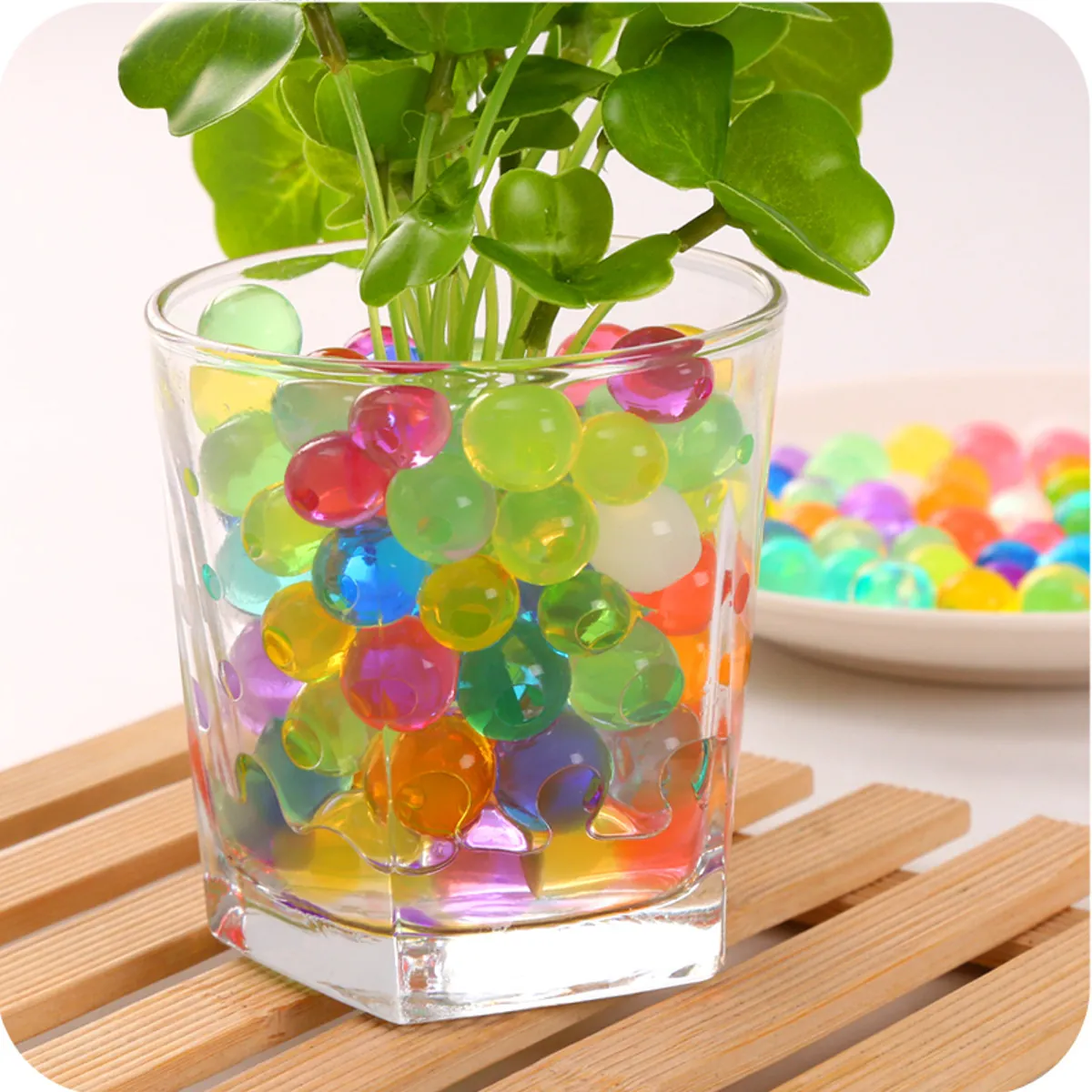At Demi, we are committed to providing high-quality water beads that enhance not only aesthetics but also functionality in various applications, particularly in gardening. Water beads serve as excellent tools for improving plant health by regulating moisture levels. A frequently asked question among our customers is, “how to use water beads for plants?” This guide will offer a clear understanding of how to effectively incorporate our water beads into your planting practices.
Understanding the Benefits of Water Beads
Before delving into how to use water beads for plants, it is essential to highlight their benefits. Made from super-absorbent polymer (SAP), Demi water beads can absorb and retain moisture, releasing it gradually as plants need it. This capability helps prevent both overwatering and underwatering, creating an ideal environment for roots to thrive. By incorporating water beads into potting soil or garden beds, users can significantly improve soil aeration and drainage, promoting healthier plant growth.
Step-by-Step Guide on Using Water Beads for Plants
To understand how to use water beads for plants, follow this simple step-by-step process:
- Hydrate the Beads: Begin by soaking Demi water beads in water for about 4 to 6 hours. This soaking time allows the beads to fully expand, transforming them into soft, gel-like spheres.
- Incorporate into Soil: Once hydrated, mix the water beads into the potting soil or garden substrate. A good ratio to follow is one part water beads to three parts soil. This mixture ensures that the beads retain moisture while improving the overall texture of the soil.
- Plant Your Seeds or Seedlings: After preparing the soil mixture, plant your seeds or seedlings as you normally would. The water beads will provide consistent moisture to the roots, ensuring healthy growth and reducing the frequency of watering needed.
Best Practices for Using Water Beads Effectively
To maximize the benefits of how to use water beads for plants, consider these best practices:
- Choose the Right Plants: Water beads work best with plants that prefer consistently moist soil, such as tropical plants or certain herbs.
- Adjust According to Seasons: During warmer months, consider using a slightly higher proportion of water beads to meet the increased moisture demands of your plants.
- Monitor Soil Moisture: While water beads are effective, do not forget to check the soil regularly to ensure it remains adequately moist without becoming overly saturated.
Conclusion
In conclusion, knowing how to use water beads for plants can greatly enhance gardening success. At Demi, we provide high-quality water beads designed to support plant health by retaining moisture and improving soil quality. By following the steps outlined above and implementing best practices, users can ensure their plants thrive throughout the growing season. For more information on Demi water beads, please reach out-we are here to assist you!
Read Also:
Demi: A Reliable PP Food Container Manufacturer Offering Safe, Non-Toxic Solutions
Demi Super Absorbent Polymer: Revolutionizing Hygiene and Agricultural Products
What is a Super Absorbent Polymer? Understanding Its Role in Modern Solutions
Are Super Absorbent Polymers Toxic? The Benefits of Choosing Demi for Sustainable Solutions


